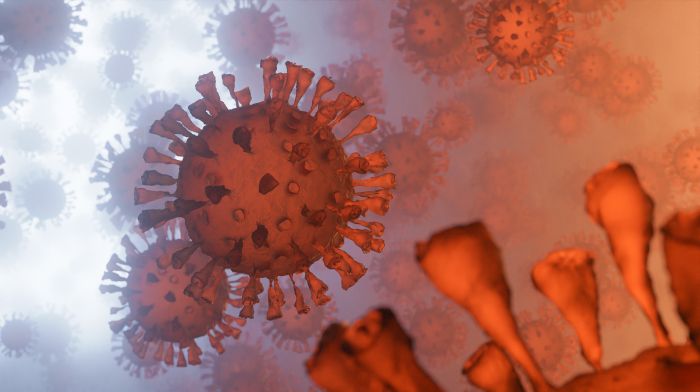To examine whether outdoor transmission may contribute to the COVID-19 epidemic, Clouston, et al. (2021) hypothesized that slower outdoor wind speed is associated with increased risk of transmission when individuals socialize outside.
Daily COVID-19 incidence reported in Suffolk County, New York between March 16 and Dec. 31, 2020, was the outcome. Average wind speed and maximal daily temperature were collated by the National Oceanic and Atmospheric Administration. Negative binomial regression was used to model incidence rates while adjusting for susceptible population size.
Cases were very high in the initial wave but diminished once lockdown procedures were enacted. Most days between May 1, 2020 and Oct. 24, 2020, had temperatures 16–28 °C and wind speed diminished slowly over the year and began to increase again in December 2020. Unadjusted and multivariable-adjusted analyses revealed that days with temperatures ranging between 16 and 28 °C where wind speed was < 8.85 km per hour (KPH) had increased COVID-19 incidence (aIRR = 1.45, 95% C.I. = [1.28–1.64], P < 0.001) as compared to days with average wind speed ≥ 8.85 KPH.
Throughout the U.S. epidemic, the role of outdoor shared spaces such as parks and beaches has been a topic of considerable interest. The researchers say this study suggests that outdoor transmission of COVID-19 may occur by noting that the risk of transmission of COVID-19 in the summer was higher on days with low wind speed. Outdoor use of increased physical distance between individuals, improved air circulation, and use of masks may be helpful in some outdoor environments where airflow is limited.
Reference: Clouston SAP, et al. A wind speed threshold for increased outdoor transmission of coronavirus: an ecological study. BMC Infectious Diseases. Vol. 21, article number 1194 (2021).
